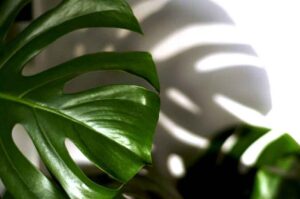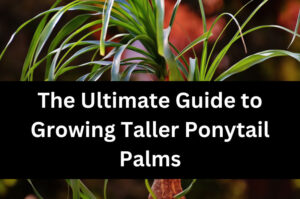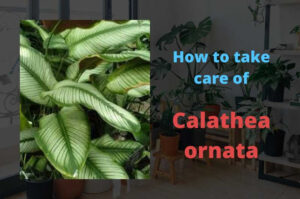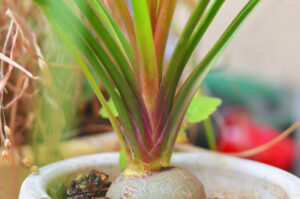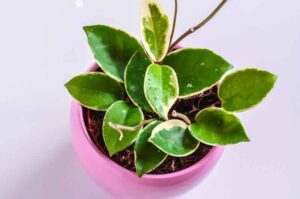Why is My Philodendron not Growing? (Causes and Solutions)
Philodendron plants are relatively easy to grow as compared to some other house plants, all you need to do is keep an eye out for the distress signals, that the plants will show you to tell what exactly needed to be done. Thus this makes caring for these plants simple too.
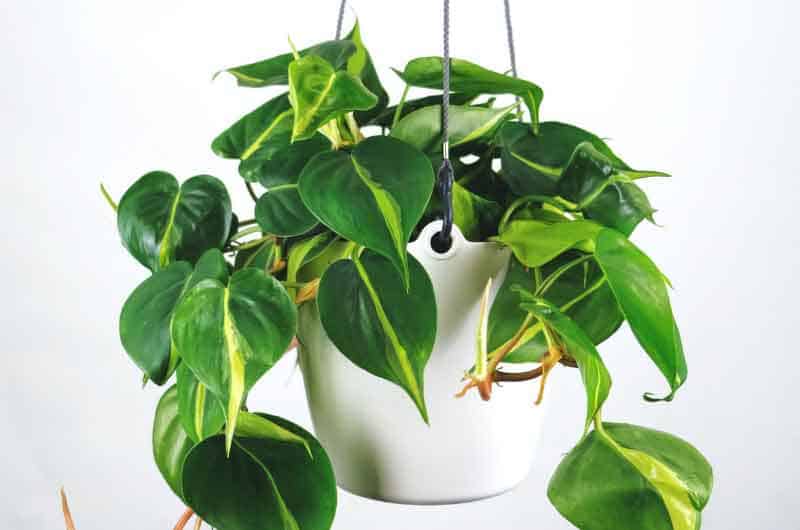
Sometimes these plants show symptoms of slow growth or improper growth due to various reasons. In this article, we will discuss those problems and try to answer the question, why your Philodendron plant is not growing.
Here is the answer
The main reasons for which your Philodendron plant is not growing are overwatering, underwatering, improper lighting conditions, and low humidity levels. Other issues that cause stunted growth in these plants are the selection of poor potting soil, exposure to low temperature, pest problems, and overuse or underuse of fertilizers.
Sometimes these plants show stunted growth due to suffocation of the roots too, this is mainly seen in container plants. In this case, one should transfer the plant to a new container.
These are the major issues that prevent a Philodendron plant from growing or stunts its growth completely. But remember the signs of such problems are different and need a deeper discussion with reasons and solutions. And you have come to the right place because we will look at these issues in greater detail in this article.
Buckle up!
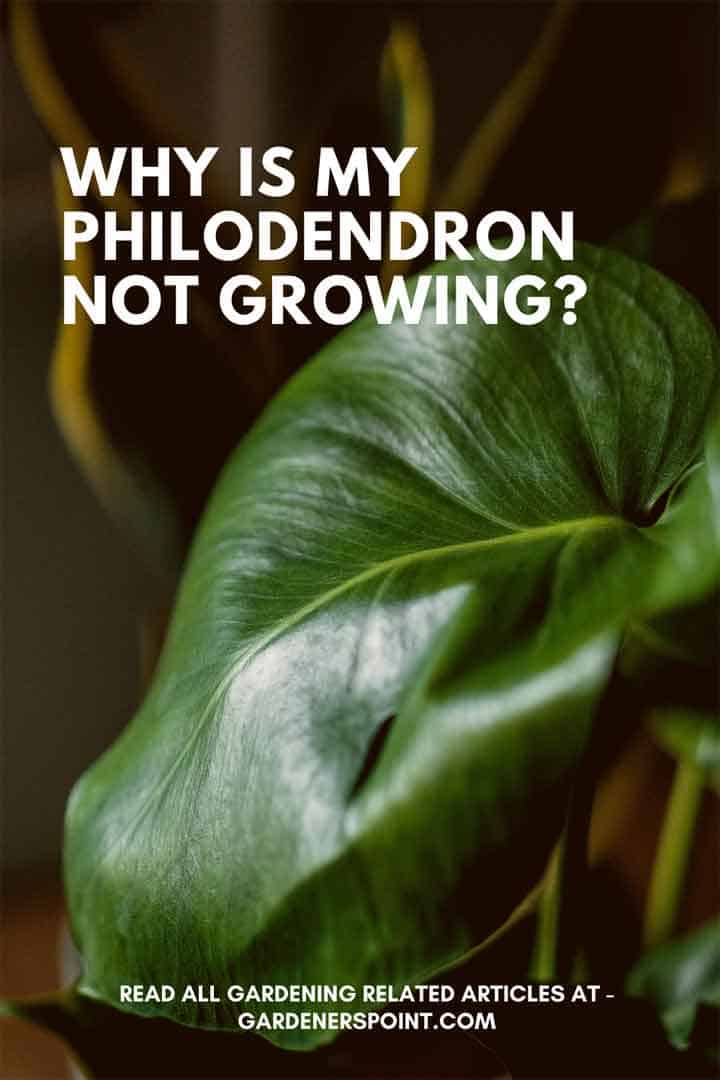
Improper lighting conditions
Philodendrons are tropical plants but they grow under the large canopies of huge trees. This means they are not fond of the direct rays of the sun. Direct rays from the sun can cause the leaves of these plants to droop or turn yellow. Most of the time it’s the later one (though it should not be confused with older leaves turning yellow as that is a sign of natural aging).
Whereas, extremely low lighting condition is also not suitable for this plant. Not getting enough light will cause the plants to have leggy stems and there will be several inches of separation between the leaves.
Therefore if you are exposing your plants to direct sunlight, or providing them with too little light, these might be the cause of the slow or stunted growth.
How to get an ideal lighting condition for Philodendrons
- The Philodendron plant loves to grow in a surrounding that is getting bright indirect sunlight.
- Keep the Philodendron plant a few inches away from the window sill making sure the direct rays of the sun do not hit the leaves.
- Place the plant near an eastern or northern facing window. It will provide the plant enough bright and diffused sunlight.
- Use a white curtain between the plants and the windowpane.
- If you decide to take the plant outside during the spring or winter months, make sure to keep them under shade.
Following these simple steps will make sure that your Philodendron gets adequate sunlight that will help it grow to its full potential.
You may also like- Philodendron White Knight – An easy to grow Philodendron
Poor potting soil
Potting soil is one major deciding factor when it comes to the growth of houseplant (or any other plants for that matter). The soil provides the required nutrients moisture etc needed for the healthy growth of the plant. Soil that is too dry or too soggy is detrimental to the growth of such plants.
Poor soil will hold salts that remain after using fertilizers, this can cause stunted growth in the plant, yellow leaves, and leaf browning.
Also, poor potting soil will add to the problems of overwatering or underwatering. Poor drainage will cause a waterlogging condition, resulting in root rot of the plant. And poor water holding capacity will make the plant susceptible to wilting and drooping.
These water stress conditions will also add to the problem of stunted growth of a Philodendron plant.
Perfect potting soil for a Philodendron
An ideal potting soil for Philodendrons should have these common properties.
- The soil has proper aeration for the roots.
- The soil should be well-drained so that it does not hold extra water and turn soggy.
- Use soil that is rich in organic matter.
Along with these make sure to change the soil and pot in case of container plants every two to three years. Do this when the plant is root-bound.
Remember, no matter how good the soil is, it should be refreshed every two to three years for the healthy growth of the plant. So, if your plant is not growing properly you might want to consider changing the soil.
Low Temperature and Low Humidity levels
Being tropical plants it is natural for Philodendrons to be accustomed to quite hot and warm temperatures. Exposing them to cool conditions can also stunt their growth.
So, if your plant is sitting somewhere where it faces cool air drafts (like that from the air conditioner) remove it from that place immediately. Philodendrons should not be kept anywhere below 55 degrees Fahrenheit. Try to keep them in such an area where there is adequate temperature. (65 to 78 degrees Fahrenheit)
Like temperature, tropical plants also thrive in high humidity. Dry air in the surroundings of the plant is not beneficial for the plant. The heart-shaped big leaves will start drooping in the absence of proper humidity conditions.
How to get an ideal humid condition for Philodendrons
You can easily increase the humidity of the surrounding air by following these simple steps.
- The most simple and popular way is to use a humidifier nearby where the plant is kept.
- The second method is misting the plant from time to time to replenish the moisture content of the leaves and also to keep them hydrated. Though this method is not a permanent solution and should be considered mainly when you need to replenish the moisture of the leaves faster.
- A natural method to increase the humidity is to group the plants. All plants release water into the surrounding air by a process called transpiration. This helps in keeping the moisture content and consequently the humidity in the surrounding air in check.
- The final method, and an ingenious one at that, is to use what is known as humidity trays. Learn how to make one for yourself by clicking the video-
You may also like- Do philodendrons like to be misted?
Overwatering
As the name suggests, overwatering is the condition when you water more than the plant requires and this water causes the soil to become soggy and essentially waterlogged.
This blocks the air spaces in the soil thus depriving the roots of air. This causes the leaves to turn yellow and then wilt. Thus, overwatering can also be the reason for your plant to show slow growth or no growth at all.
How to prevent a Philodendron from overwatering
- Water only when the soil has run dry. You can check if the soil needs water by trying to push one finger up to the knuckle down the soil. If you can, that means you don’t need to water as the soil has the moisture it requires.
- Use well-drained potting soil that does not hold extra water.
- Add some pebbles to the potting soil. It will increase the porosity, thus increasing the drainage property of the soil.
- Make sure the pot you are using has enough drainage holes in it so that the extra water can flow out.
Underwatering
Just like overwatering, the opposite also causes the plant to suffer. When the plant does not get sufficient water, naturally it suffers from dehydration. This is followed by drooping of the leaves, and overall slow growth of the plant. Dehydration can also kill the roots and consequently the Philodendron.
Typical causes of dehydration are keeping the plants in direct sunlight that causes the water to evaporate from the surrounding soil and takes away moisture, inadequate watering, and using soil that cannot hold water at all.
How to prevent a Philodendron from underwatering
- Keeping the pot away from direct sunlight.
- Use potting soil that can hold water for a longer period of time. You can add some coco peat to increase the water holding capacity of the potting soil.
- Immediate watering when the soil is lacking moisture. You can check it by pressing your finger in the potting soil.
Following these simple steps for both overwatering and underwatering will help you make sure that this aspect of your plant care is on point. And if this is the problem with your plant you might very well see them start growing again in no time.
Overfertilization and under fertilization
Philodendrons need fertilization for proper growth but both overuse and underuse of fertilizers can harm these plants. They grow best when the amount of fertilizers used is balanced and the strength is reduced to half.
Overfeeding causes the soil to get covered with unused salts that restrict the water uptake by the plants and dehydrate them. You can resolve this issue by
- Long deep waterings will wash away the extra salts from the surface of the soi.
- Use pots with enough drainage holes so that the water with the extra salts in them can drain away.
Fertilize these plants monthly during the spring and summer months and every six to eight weeks during the winter and fall. Using liquid fertilizers that are diluted to half their concentration is recommended.
When properly fertilized these plants will start showing fast growth.
Pest Problems
Philodendrons do not, in general, have pest problems. But sometimes they can be susceptible to common house pests like mealybugs, aphids, spider mites, etc. This can be easily resolved by using insecticides or neem oil.
Additional Points
As you have seen so far, mimicking a tropical environment around your indoor philodendron plants will help them grow fast and healthy. These plants sometimes enjoy outdoor conditions too, but make sure to put them in the shade when you take them outdoors.
To keep the leaves healthy and glossy looking you can wipe with a wet cloth from time to time to keep the dust away. Cut the vines if they get too long for your taste, as this will also reserve energy for more foliage growth of the plants.

